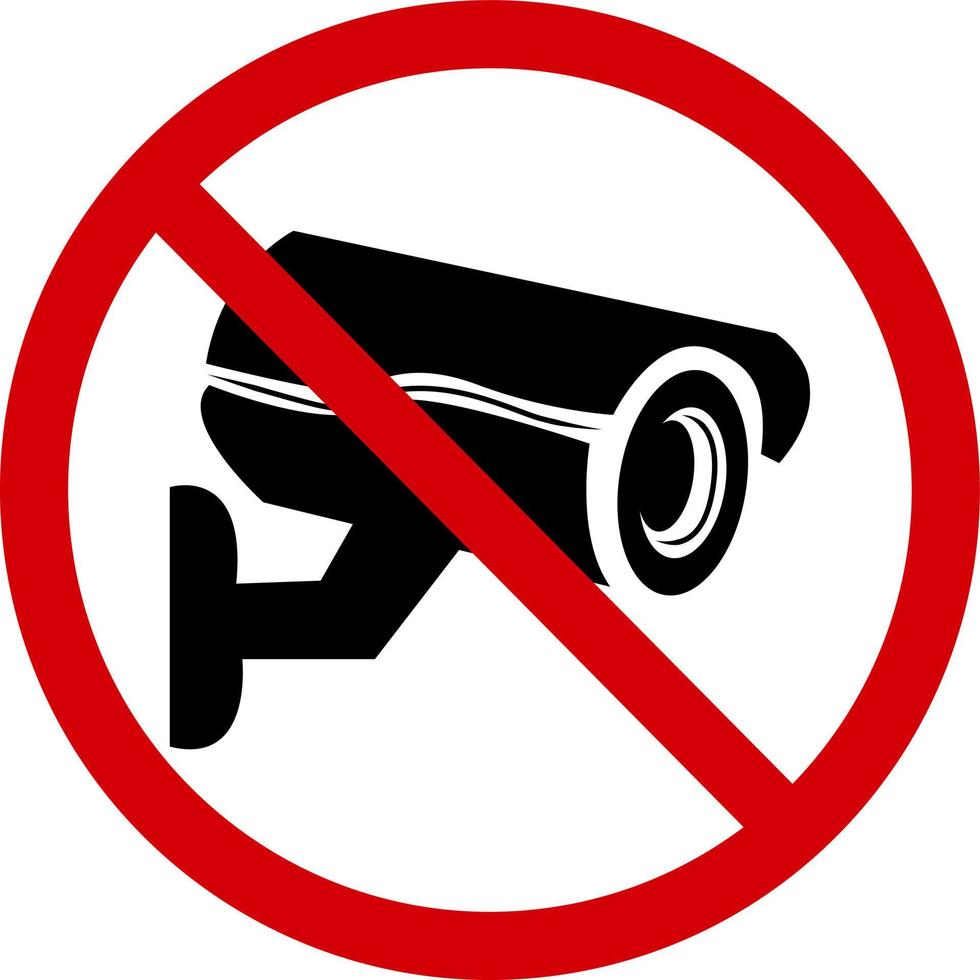

Yeah! I can make my own stupid mistakes and hallucinations, thank you very much!


Yeah! I can make my own stupid mistakes and hallucinations, thank you very much!


To raise funds, Wolf said she signed up for a “sugar dating” website, which connects rich older men with young women. She lied about her age, claiming she was 18.
Not defending him in the slightest, but could he have thought she was of legal age? In the article I didn’t find a mention of how old he thought she was.


In his ego too, where it hurts the most.


What a vile sentiment. This is a human person that is a felon and a rapist and actively brings harm to marginalized people, and you wish him a recovery?!


Thank you for coming to my DELETED talk

I am dual booting Linux Mint and Windows 10 on my desktop PC, what’s keeping me from switching completely is Lossless Scaling… I didn’t find a similarly hassle-free and functional alternative that would run on Linux
EDIT: Oh, and it’s a huge pain comparatively to overclock my display from 60 to 96 Hz. In Windows it’s a matter of running an executable every time my display driver updates. I gave up and I just boot to Windows anytime I want to take advantage of the higher frequency (which is a lot)
“Listen, I like to chat, but today I am feeling a bit overwhelmed from work and I need some peace and quiet, could this be a silent haircut please? It would do wonders for my soul right now!”
You are responsible for setting boundaries and attending to your needs. Any good hairdresser will be totally fine with this, and some may even be relieved.
Where legal fund
Nothing wrong with being the bottom


There’s no conflict of interest if you were never interested in serving the public.


The only disadvantage is that one of them will probably come out on top and become even more insufferable than he was before.

This better not be a euphemism
It’s less typing but technically it’s one more request to the server which you have to wait for to fail before the correct request can be fucked, so it might be faster to do it the correct way from the get-go. Especially if you’ve done it before and you can just Ctrl+R and find it in the history, or you have a git alias (e.g. git phead)
You can also type git push origin HEAD and it also does that
If you use KoReader, you can use Wallabag for the same purpose.


I used to hate the Android vs Apple drama vis à vis romantic partner choice, but then I realized that it’s in itself a great filter of people I don’t want in my life


I didn’t click through into the article, but while the achievement is huge, it is not as much a success story as this post makes it seem and the fight is far from over. Babiš is still in the Parliament, he’s been in opposition, but the current (neoliberalism-friendly, status quo friendly) government is not very popular and Babiš’s party is projected to win the next elections based on polls. He still has about 25-30 % of die-hard voters and other parties are fragmented and disjointed. I fear that he might be able to assemble a government with Communists (who have already quietly tolerated him in a previous government) and right-wing populists…
Thinking about it now, I think a US-like scenario is quite likely–a first term of madness, oligarchy and corruption, then a brief one-term respite which does not address the systemic issues that got us the first term in the first place, and then another return to the madness. Though I’ve also heard speculation that seeing Trump’s antics in the second term is what might make people here less likely to vote for Babiš.

Imagine saying helicopad and quadpter!


This is the first time I’m learning about the USA’s second lady and I did NOT expect her to be what Trump would refer to as a DEI hire
He’s boycotting US business.